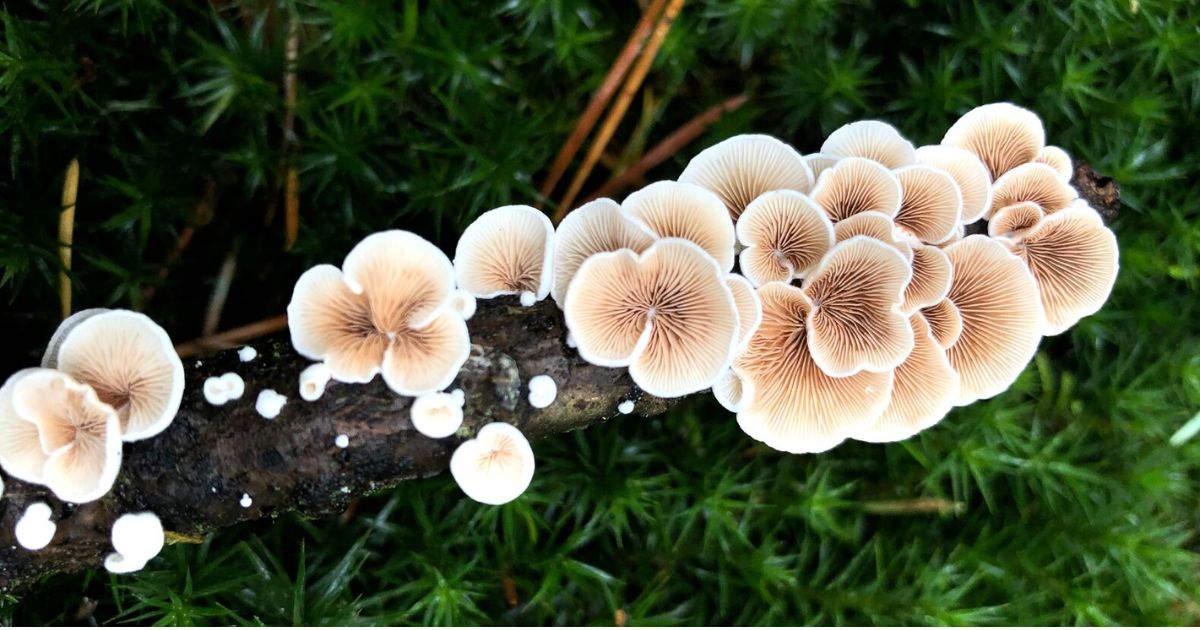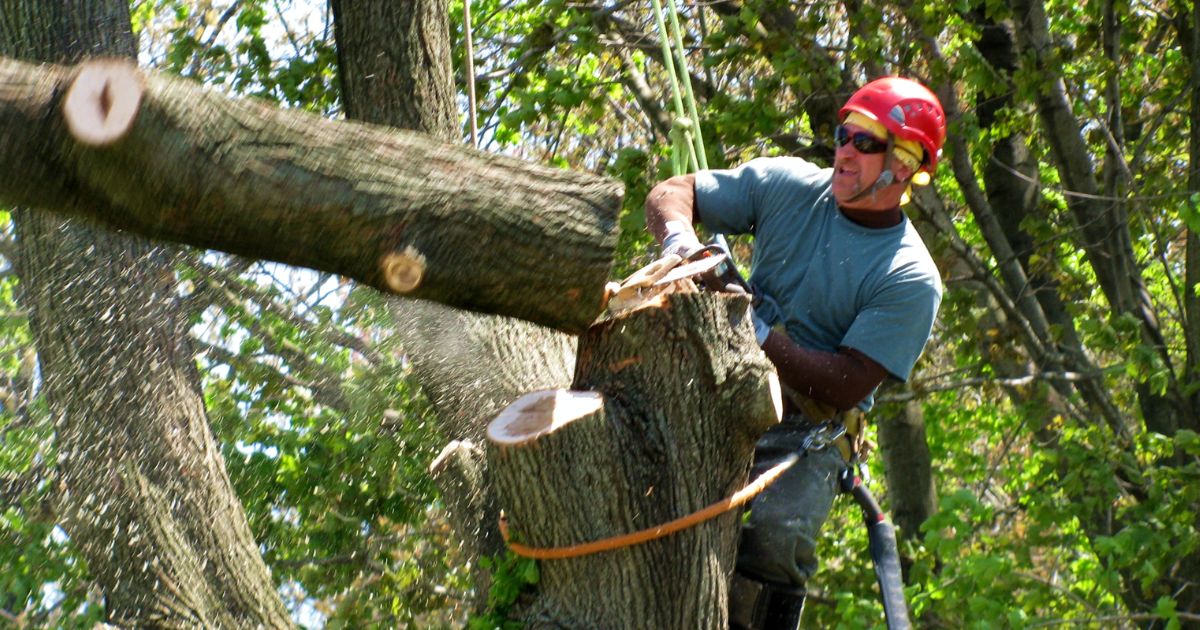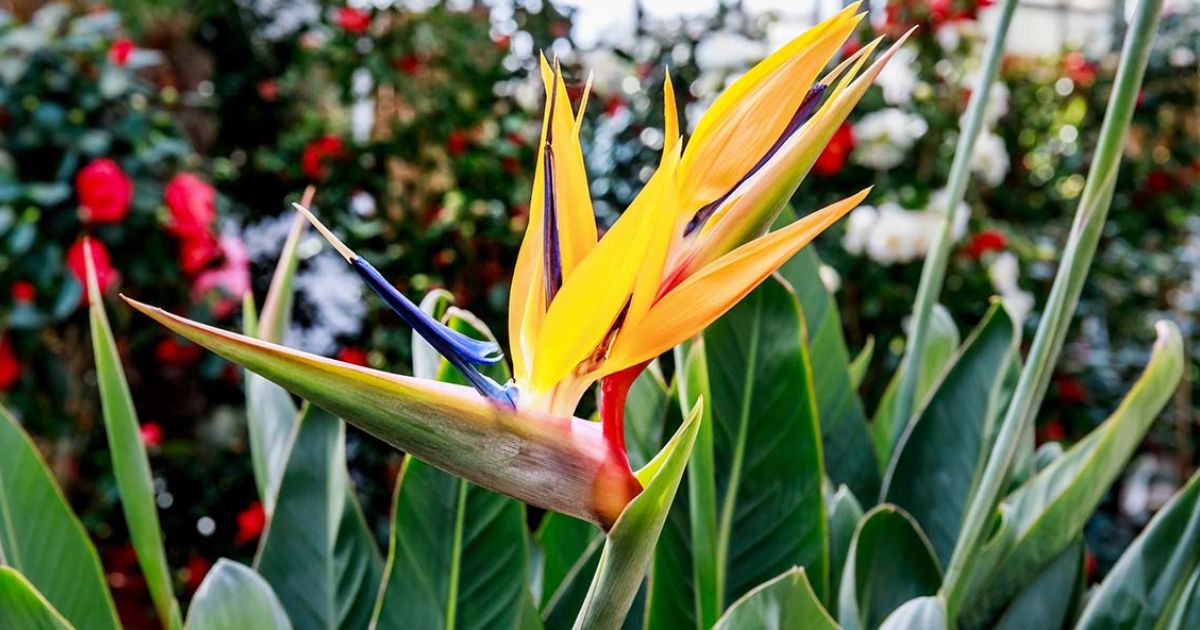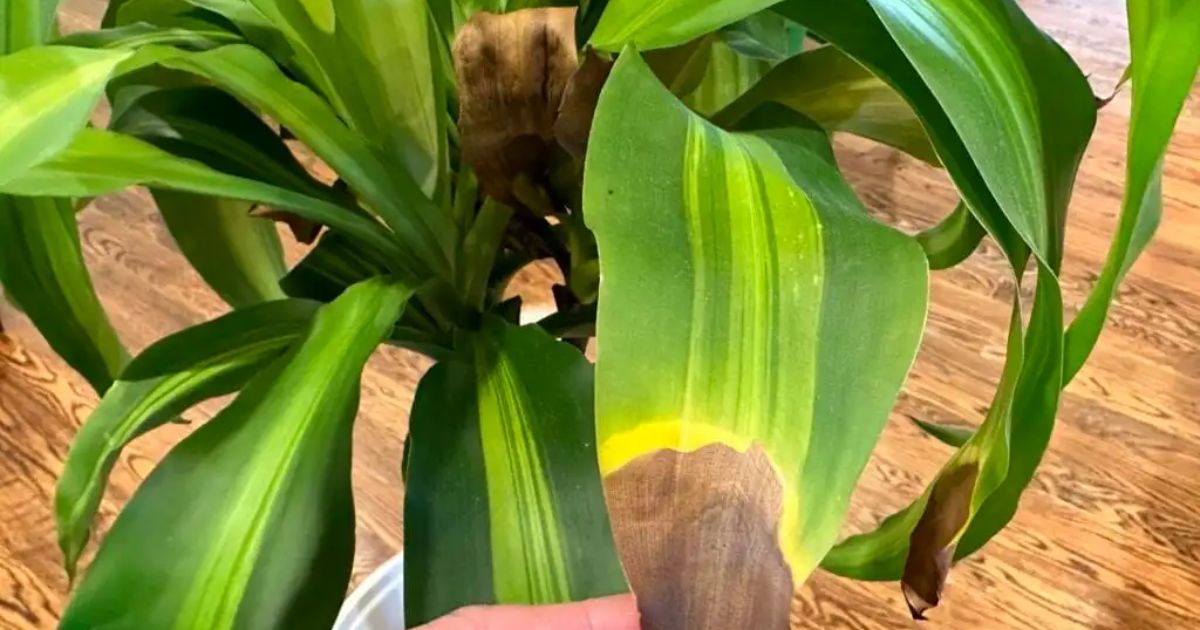Few things worry plant lovers more than seeing their once lush, green leaves turn yellow or brown. It’s a clear sign that something isn’t quite right, but figuring out what can be confusing. Is it too much water or not enough? Too much sun or too little? Maybe pests or a nutrient problem?When a plant’s leaves change color, it’s the plant’s way of sending a distress signal. Yellowing usually indicates your plant is struggling with watering, light, or nutrient issues, while browning often means stress, dryness, or environmental problems. The good news? Most of these problems can be reversed once you identify the cause early and make the right changes.
In this blog post, we’ll explore why the leaves of the plant are becoming brown and yellow; what are those colors? , and how you can bring your plants back to vibrant health. Whether you’re caring for indoor houseplants or garden favorites, understanding these warning signs will help you grow greener, happier plants year-round.
What Yellow and Brown Leaves Mean
When your plant’s leaves begin to turn yellow or brown, it’s not just a cosmetic issue; it’s your plant trying to communicate that something in its environment or care routine is off balance. Each color tells a different story about your plant’s health.
Yellow Leaves (Chlorosis)
Yellowing leaves, known as chlorosis, usually indicate that the plant isn’t producing enough chlorophyll, the green pigment responsible for photosynthesis. When chlorophyll levels drop, leaves lose their vibrant green color and begin to fade to yellow.
Common reasons behind this include:
- Overwatering or poor drainage: Roots can’t breathe properly and begin to rot.
- Nutrient deficiency: Lack of nitrogen, iron, or magnesium often causes yellow leaves.
- Inadequate sunlight: Without enough light, How to Fix Your Grass plants can’t generate energy efficiently.
- Temperature fluctuations: Sudden temperature changes can stress the plant.
If yellowing starts from the bottom fan leaves turning yellow during veg and moves upward, it’s often a sign of overwatering or a lack of nutrients. However, if newer leaves are yellow, nutrient deficiency is more likely the cause.
Brown Leaves (Leaf Burn or Desiccation)
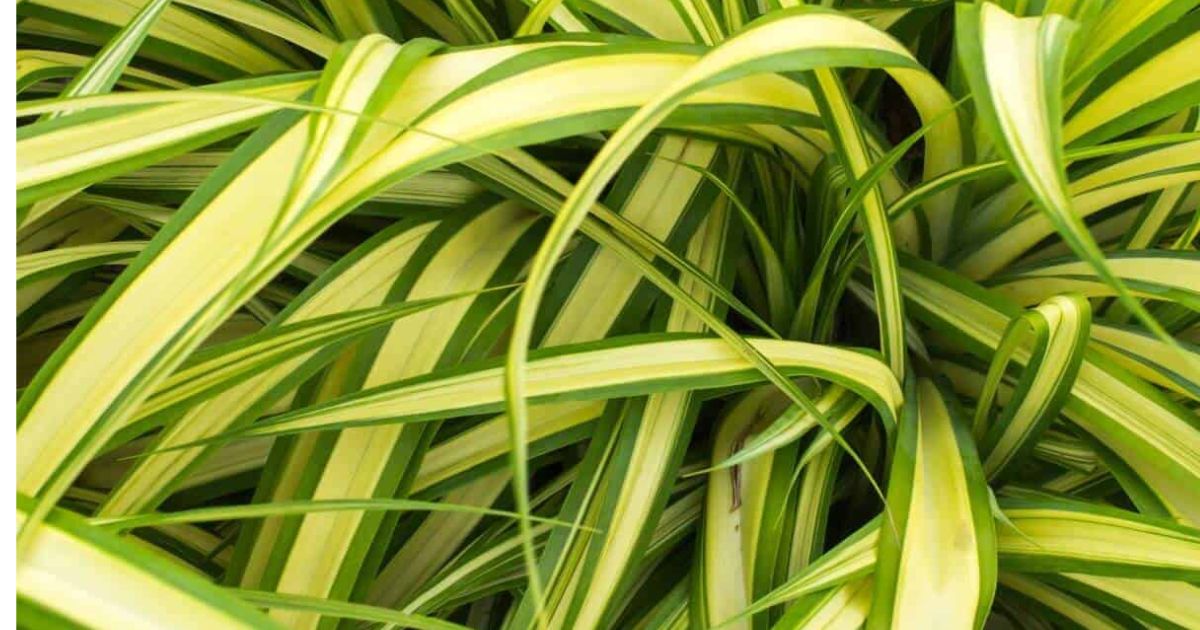
Brown leaves, on the other hand, usually suggest that the plant is drying out, stressed, or damaged. The browning can appear on the leaf tips, edges, or in spots, depending on the issue.
Common causes include:
- Low humidity: Dry indoor air pulls moisture from the leaves, especially in tropical plants.
- Sunburn: Too much direct sunshine might scorch the foliage.
- Underwatering: When plants don’t get enough water, leaves turn crispy and brown.
- Over-fertilizing: Excess fertilizer salts build up in the soil and burn the roots.
If the browning starts at the edges and works inward, it’s often a moisture or humidity issue. When the whole leaf suddenly turns brown, root or chemical damage may be to blame.
In short, green leaves with yellow veins signal that something is preventing healthy growth, while brown leaves often point to physical or environmental stress. Paying close attention to where and how the discoloration starts helps you diagnose the problem early and take steps to revive your plant before the damage spreads.
Common Causes of Yellow Leaves
Yellow leaves are one of the most common warning signs that your plant is under stress. While the exact reason varies by plant type and growing conditions, most cases fall into a few key categories. How to Fix Cherry Tree Leaves Turning Brown Knowing these reasons will enable you to quickly identify the problem and take the appropriate corrective steps.
Overwatering or Poor Drainage
Yellow leaves are caused mainly by overwatering, especially in houseplants. When the soil stays too wet for too long, roots can’t get enough oxygen and begin to suffocate or rot. This root damage prevents the plant from properly absorbing water and nutrients, leading to yellowing leaves.
Signs:
- Yellow leaves are starting from the bottom of the plant.
- Wilting despite wet soil.
- A sour or musty smell from the potting mix.
Fix:
- Check that your pot has drainage holes.
- Consider repotting in fresh, well-draining soil if root rot has set in.
Underwatering or Drought Stress
Just as too much water can make leaves yellow, too little can, too. When soil becomes too dry, roots can’t transport nutrients and moisture effectively, leading to dehydration and yellowing.
Signs:
- Dry, brittle leaves that yellow and curl.
- Wilting that improves slightly after watering.
Fix:
- Water deeply until excess drains from the bottom of the pot.
- Add a layer of mulch for outdoor plants to retain soil moisture.
Nutrient Deficiency
Plants rely on a balanced mix of nutrients to stay green and healthy. Why Is My Clematis Turning Brown When essential elements are missing, mainly nitrogen, iron, or magnesium, leaves often turn yellow.
Signs:
- Older leaves yellowing first (nitrogen deficiency).
- Yellowing between veins (magnesium deficiency).
Fix:
- Use a balanced, slow-release fertilizer or organic compost.
- Check soil pH; improper pH can block nutrient absorption.
- Feed regularly during the growing season, but avoid overfertilizing.
Lack of Sunlight
Sunlight powers photosynthesis, and without it, plants can’t produce enough chlorophyll to stay green. Low-light conditions often cause gradual yellowing, especially in indoor plants placed far from windows.
Signs:
- Yellowing on the side of the plant facing away from the light source.
- Leggy or stretched stems.
- Slow or stunted growth.
Fix:
- Move the plant closer to a bright, indirect light source.
- Rotate the plant regularly for even light exposure.
- For low-light environments, use a grow light to supplement natural sunlight.
Temperature Stress
Sudden temperature swings, either too hot or too cold, can shock plants, leading to yellow or wilted leaves. Tropical plants are susceptible to cold drafts or heat from radiators.
Signs:
- Yellowing after being moved outdoors or near an AC/heat vent.
- Droopy or scorched leaves.
- Slowed or halted growth.
Fix:
- Keep indoor plants away from cold drafts or direct heat sources.
- Maintain a stable temperature range suited to your plant type.
- For outdoor plants, protect them with shade cloth or frost covers as needed.
When Both Yellow and Brown Leaves Appear
When your green leaf with yellow veins turn yellow and brown, it often means more than one problem is affecting it at once. This combination can be tricky to diagnose because it may result from overlapping issues, such as watering mistakes combined with environmental stress. However, by paying close attention to where and how the discoloration appears, you can uncover the real cause and take action before your plant’s health declines further.
Watering Imbalance (Overwatering or Underwatering)
The most common reason for mixed yellow-and-brown leaves is inconsistent watering.
- Overwatering leads to yellowing leaves first, as the roots drown and lose oxygen. Eventually, the leaf tips and edges turn brown due to root rot.
- Underwatering, on the other hand, makes the entire leaf dry out. You’ll often see yellow fading into brown, especially on older leaves.
Fix:
- Put your finger into the soil to check its moisture content. 1–2 inches deep.
- If it’s soggy, let it dry before watering again. If it’s bone dry, water slowly and deeply.
- Maintain a regular watering schedule that keeps the soil evenly moist, not soaked.
Light and Heat Stress
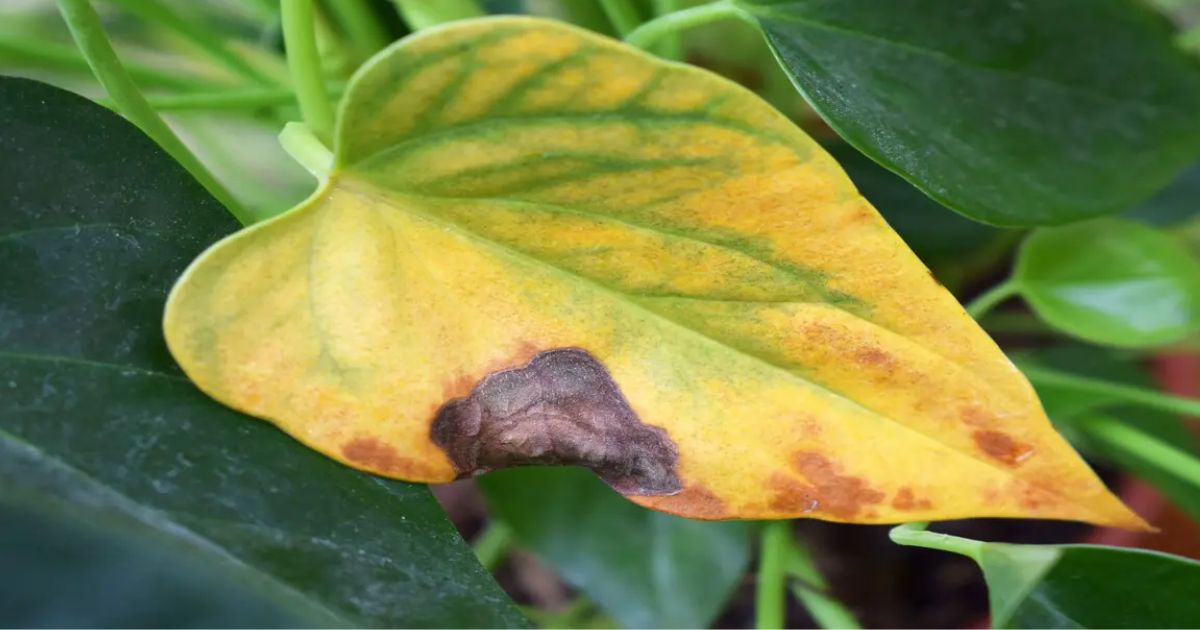
Excessive heat or direct sunshine can lead to a combination of yellowing (from chlorophyll loss) and browning (from leaf burn). This is especially common in indoor plants placed near windows or outdoor plants exposed to intense midday sun.
Fix:
- Place the plant in an area with bright, indirect light.
- For outdoor plants, provide shade cloth or partial shelter during the hottest part of the day.
- Mist or water early in the morning to help plants better handle heat stress.
Nutrient Deficiency Combined with Environmental Stress
Sometimes, a plant suffering from a nutrient deficiency (such as nitrogen or magnesium) also experiences stress from heat, wind, or low humidity. yellowing of leaves is due to deficiency of This can cause leaves to turn yellow from the inside and brown at the edges simultaneously.
Fix:
- Apply a balanced liquid fertilizer to the plant. 6 Common Causes deficiency of macronutrients in plants Or organic compost.
- Keep humidity levels steady and avoid sudden environmental changes.
- Regularly clean leaves to help with photosynthesis and nutrient absorption.
Pests or Fungal Infections
When pests like spider mites, aphids, or thrips attack, they suck out the sap, causing yellow patches that soon turn brown. Similarly, fungal infections (like leaf spot or root rot) can start as yellowing and progress to brown, dead tissue.
Fix:
- Look for obvious webbing or pests on both sides of leaves and stems.
- Treat with neem oil, insecticidal soap, or another safe organic pesticide.
- For fungal problems, remove affected leaves and use a mild fungicide spray.
Natural Leaf Aging
Sometimes, yellow and brown leaves are just part of a plant’s natural life cycle. As plants grow, they shed older leaves to focus energy on new growth. Older leaves typically turn yellow first, then brown, and finally fall off.
Fix:
- Gently remove dying leaves to improve airflow.
- Focus on the new growth if it’s healthy and green; your plant is fine.
How to Revive a Dying Plant
Even when your plant looks wilted, discolored, or lifeless, it’s often not too late to bring it back. Plants are resilient with a bit of attention and the proper care; many can recover from yellowing, browning, or drooping leaves. Reviving a dying plant means diagnosing the root cause and providing the right conditions for healing.
Diagnose the Problem First
Before doing anything, observe your plant carefully. What’s Wrong With My Plant Check for signs of overwatering, underwatering, pests, or disease. Look at the soil texture, leaf color, and stems.
- Soft, mushy stems or roots → Overwatering or root rot.
- Crispy, dry leaves → Underwatering or heat stress.
- Yellowing with sticky residue or holes → Pest infestation.
- Powdery or black spots → Fungal infection.
Take notes on what you find. This will guide the treatment steps that follow.
Trim Damaged or Dead Parts
Remove any yellow, brown, or dead leaves and stems using pruning shears or clean, sharp scissors. As a result, the plant can focus on creating new growth rather than repairing damaged tissue.
Don’t remove more than one-third of the plant at once. Too much pruning can cause additional stress.
Check and Treat the Roots
If your plant’s condition looks severe, gently remove it from the pot so you can examine the roots.
- Healthy roots are firm and white.
- Rotten roots are soft, brown, or have a foul smell.
Fix:
- Cut away any mushy or black roots with sterilized scissors.
- If root rot is extensive, rinse roots in room-temperature water and repot in fresh, well-draining soil.
- Always use a clean pot with proper drainage holes.
Improve Light Conditions
Light plays a significant role in plant recovery.
- Move the plant to a bright, indirect light area.
- Avoid sudden exposure to harsh sunlight, which can worsen leaf burn.
- For low-light plants, consider using a grow light to support photosynthesis during recovery.
Feed Gently Don’t Overfertilize
Many people make the mistake of feeding a stressed plant too soon. If your plant looks weak, hold off on fertilizing for at least 2–3 weeks until you see signs of new growth. Once recovery begins, feed with a diluted, balanced fertilizer (half-strength) to encourage healthy green leaves and roots.
Restore Humidity and Airflow
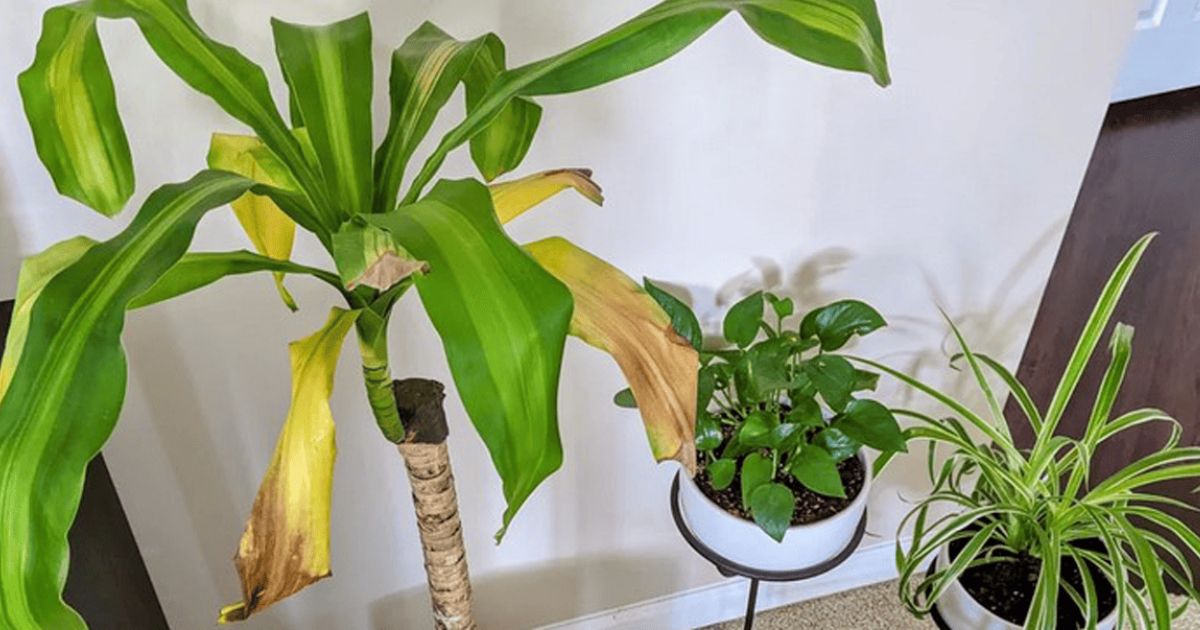
For tropical or indoor plants, dry indoor air can slow recovery.
Put a tray of water and pebbles underneath the pot or spritz the foliage to increase humidity.
Ensure good airflow to prevent mold or fungus buildup.
Be Patient and Consistent
Recovery takes time. It may take a few weeks to months for your plant to show improvement. Focus on maintaining a stable environment, consistent watering, moderate light, and gentle care. New green shoots, firm stems, or fresh leaves are signs your efforts are working.
Conclusion
Yellow and brown leaves are a plant’s way of signaling that something in its environment or care routine isn’t proper. Whether it’s caused by overwatering, underwatering, nutrient deficiencies, pests, or environmental stress, understanding these warning signs is the first step toward saving your plant.By carefully observing your plant, diagnosing the underlying cause, and taking corrective action such as adjusting watering, improving light conditions, feeding appropriately, and pruning damaged leaves, you can often bring even struggling plants back to life.
Prevention is just as important as recovery. Maintaining consistent care, providing the right light, nutrients, temperature, and humidity, and regularly monitoring for pests will help ensure your plant stays vibrant and healthy year-round.Remember, plants communicate through their leaves. Paying attention to these early warning signs not only keeps your plants alive but also helps you grow more confident and booming as a plant parent. Healthy, green leaves are a reflection of the care, attention, and love you give to your plants.
FAQ
Should I cut off yellow and brown leaves?
Yes. Removing damaged leaves helps the plant concentrate its energy on new growth and prevents illness from spreading. However, don’t remove more than one-third of the plant at once to avoid additional stress.
Can yellow leaves turn green again?
Usually, yellow leaves cannot turn green once the pigment is lost. For new growth to arise, the underlying cause must be addressed. Healthy and green.
Why are new leaves turning yellow?
Yellowing in new growth often points to nutrient deficiencies (like iron or nitrogen) or stress from overwatering or poor light. Check soil fertility and adjust care accordingly.
How can I prevent my plant leaves from turning brown?
Brown leaves typically result from low humidity, heat stress, or over-fertilization. Maintain consistent watering, increase humidity, avoid direct scorching sunlight, and feed plants appropriately.
Is overwatering worse than underwatering?
Both can harm plants, but overwatering is often more dangerous because it can lead to root rot, which may kill the plant faster than drought stress. Always check soil moisture before watering.


